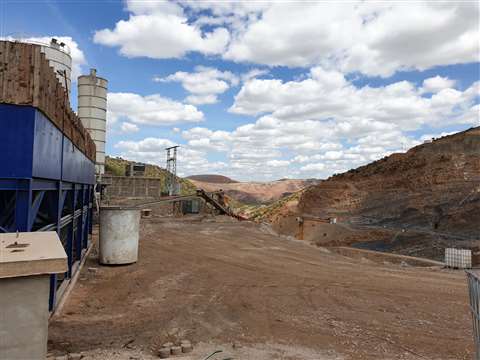Special concrete used for dam in Morocco
02 August 2021
 The Tiddas Dam, south of Rabat, will be one of the country’s largest dams when completed
The Tiddas Dam, south of Rabat, will be one of the country’s largest dams when completed
The construction of the Tiddas Dam dam in Morocco has used so called Roller-Compacted Concrete (RCC) supplied by mixing plants from BHS-Sonthofen to meet stringent quality requirements.
The mixers continuously produce large quantities of RCC to ensure completion of the project.
With a capacity of around 592 million cubic meters and a cost equivalent of around €100 million euros (US$188 million), the Tiddas Dam is intended to secure the drinking water supply for Casablanca and Rabbat in the future.
Following the groundbreaking ceremony in 2017, construction is expected to be completed this year and, when complete, will be one of the country’s largest dams
“The demands on concrete for the Tiddas Dam are high,” said Hans Traut, area sales manager building material machinery at BHS-Sonthofen. “RCC concrete has a very low cement content, which makes it cost-effective but also very stiff.”
RCC cannot be pumped, but is brought in via conveyor belts and then compacted with rollers. Conventional, water-impermeable concrete is also used on the dam’s water side.
BHS supplied the complete MPL continuous mixing plant for processing the RCC, including the BHS twin-shaft continuous mixer of type LFK 9026 and weighing, batching, and control technology.
Due to the continuous mixing process, the BHS mixing plant can produce up to 300 cubic meters of concrete per hour. Traut from BHS-Sonthofen added that, by using double weighing, they achieve a deviation of only one percent in batching.

